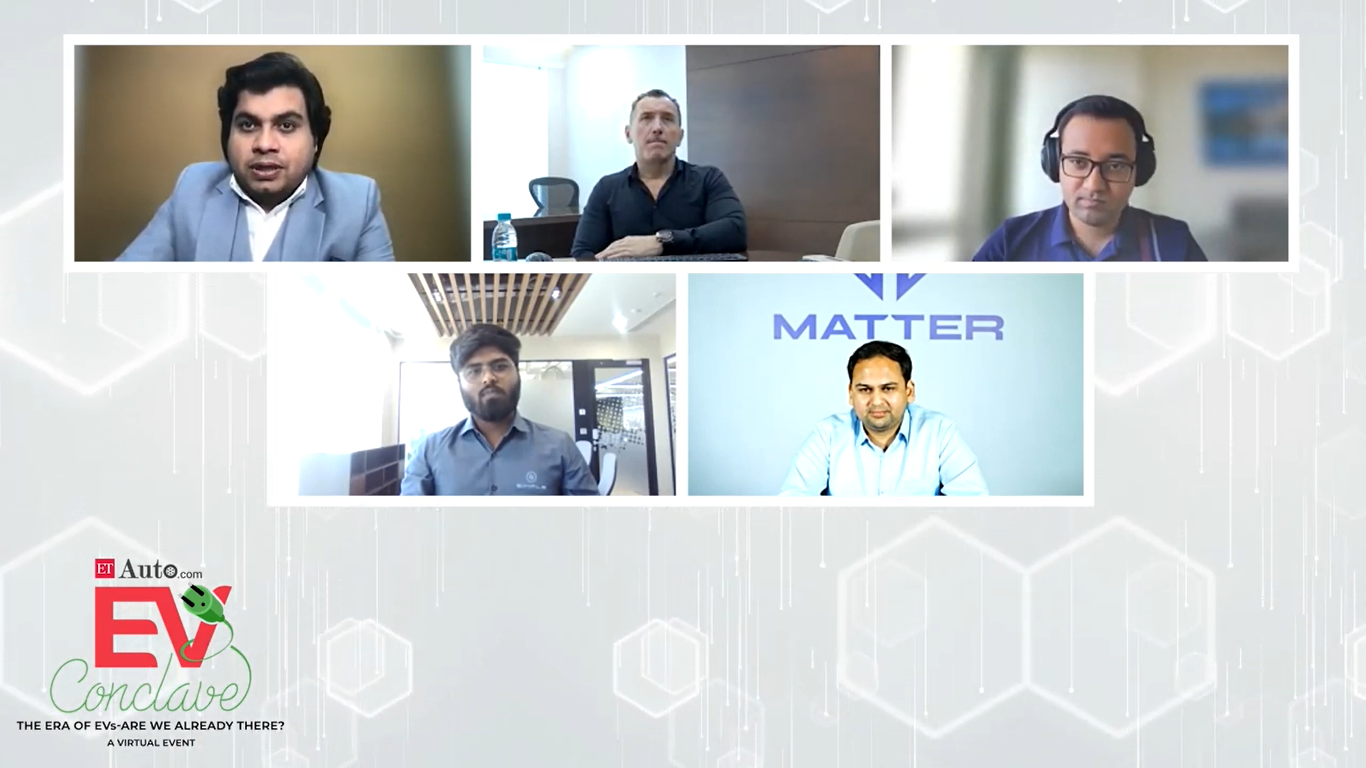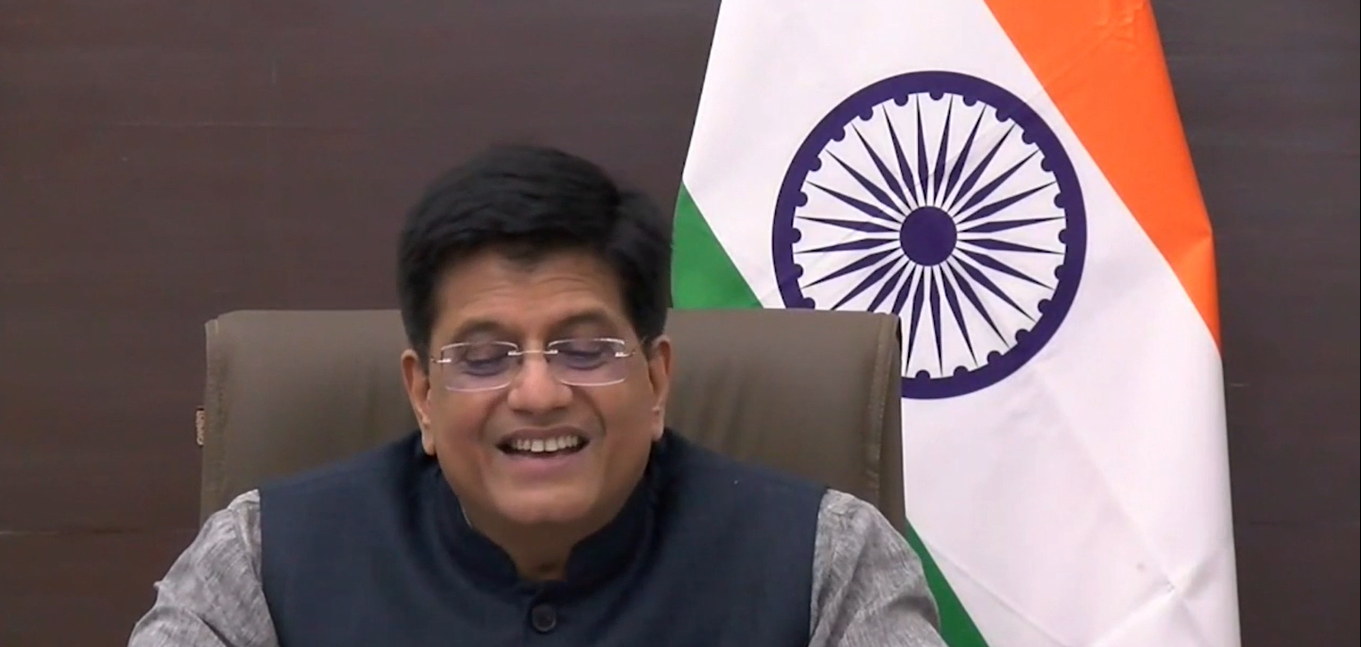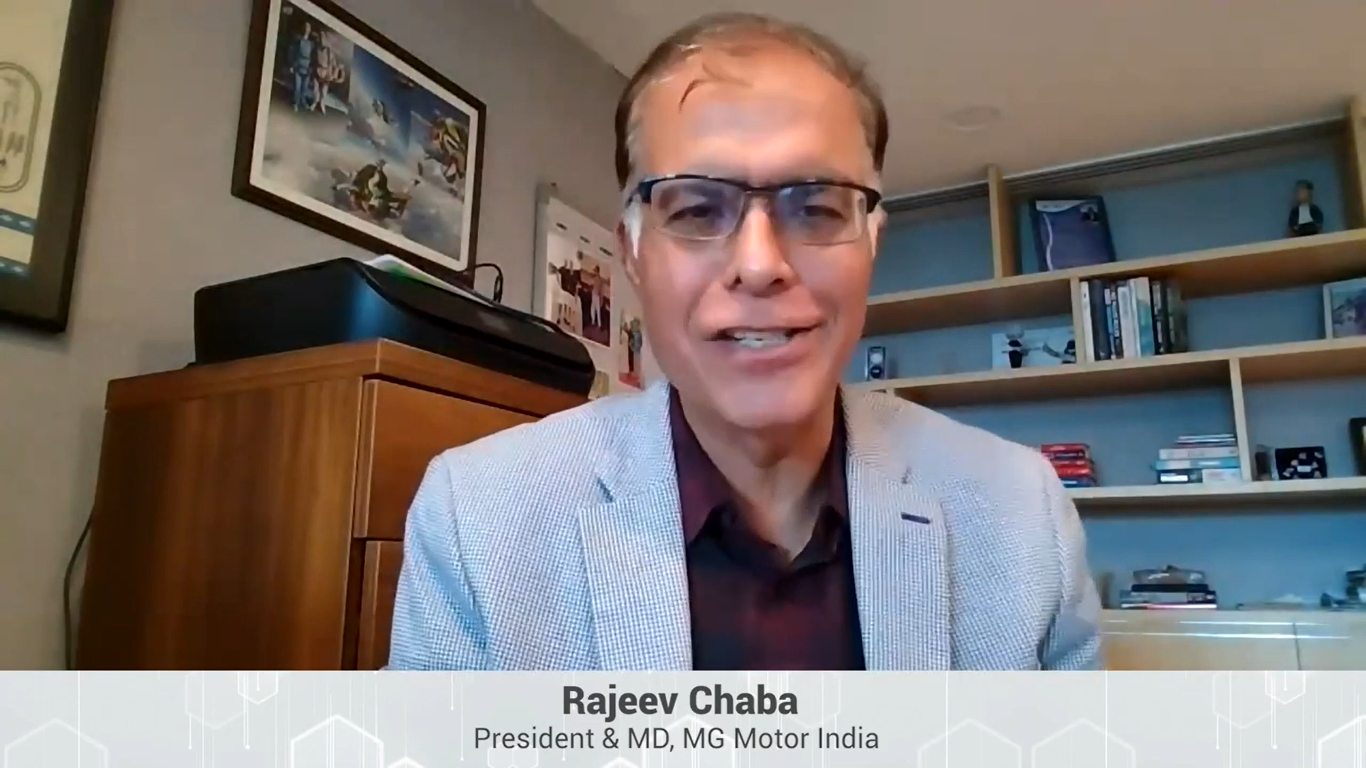But the inflexible and rigid uncles and aunts, who had not moved their positions for years, kept their feet tied to the ground beneath, oblivious of the world around them.
Obviously, the enthusiasm was an outpouring of emotions accumulated over the past two years of restrictions. Anything closer to this excitement and fervour I experienced was at the recently-concluded ETAuto EV Conclave 2022. The participants of the two-day programme were split similarly.
The 2W startup revelry
The young startups took electric vehicle jamboree as an aphrodisiac. But some of the old giants remained at the bay in an aristocratic disdain for a long time. Eventually they too, especially the not-so-stiff legacy players, were open to take the plunge.
All parties had their strong arguments and reasonings, souping up the state of muddle while choosing to be a transformed participant or a naysayer.
The adrenaline rush of the EV startup founders was much higher and equally unbridled and carefree like the Holi revellers who are almost hallucinated into the joy of nirvana under the influence of a few shots of thandai (a traditional drink laced with weed).
Taking stock of the electric two-wheeler manufacturing startups, they are on a no less head trip and illusion. They boast of building a capacity of producing 30 million units by 2026. This is excluding the capacity that may be built by the incumbent market leaders like Hero MotoCorp, TVS, Honda etc. Putting this to the test of judiciousness and practicality, considering the peak two-wheeler production volume in India has not exceeded 21 million, which is now trailing at about 17 million units. Even if we consider that in the next three years the segment achieves full penetration but the capacity will remain fairly idle.
However, some of the more practical companies like Ather Energy are more rational. “This kind of capacity will take some time, moreover creating vehicle manufacturing capacity is not a challenge, the main challenge is in developing capacity for the supply chain. This kind of capacity will require at least 100 GWH of battery, can we be ready with that in three years,” Tarun Mehta, co-founder and CEO Ather Energy, asked.
Ironically, in a panel discussion at the ETAuto EV Conclave, attended by Tarun Mehta, Suhas Rajkumar, founder and CEO, Simple Energy Pvt Ltd, and Mohal Lalbhai,founder and CEO, Matter, none of the three projected more than 8 million to 10 million volume by 2025. But nothing came strongly on what the 30 million capacity is meant for.
It would have been much more encouraging to see the same bullishness in the supply chain side of the investment. Chief Guest at the Forum, Piyush Goyal, Minister of Commerce and Industry, Consumer Affairs and Food and Public Distribution and Textiles, Government of India, said, “I personally believe electric vehicles do not have a demand-side problem today. It is a supply challenge that we all have to work on. Consumers are ready. They want more options.”
Echoing the same sentiment, Tarun Mehta, said, “I think the industry is selling about 30,000 electric scooters a month. The demand is at least 50% to 100% higher than what the industry is selling right now. I believe very strongly that before FY 23 ends, monthly electric 2W volumes will be about 70,000 to 80,000 units.
3W segment is ahead, cars move faster
The three-wheeler segment has much higher penetration as about 19,000 electric three-wheelers were registered last month as against about 25,000 units of their ICE siblings. Even though the passenger vehicle segment still has unsettled challenges, the penetration is equally rapid there. This year electric car sales are expected to reach the 30,000-mark. “I expect the e-car sales to touch 80,000 units in FY23,” Rajeev Chaba, president and managing director, MG Motor India, said. Obviously, thanks to the tiny base the growth rate is humongously high.
Maruti Suzuki had not been very keen, maybe because they felt the transformation would be a threat to their dominance in the segment. However, it had to acquiesce to the impending change and on Saturday, Suzuki Suzuki Motor Corporation (SMC), the parent company of India’s largest passenger vehicle maker Maruti Suzuki, signed an MOU with the State of Gujarat to invest about INR 10,440 crore for manufacturing electric vehicles (BEV) and BEV batteries in India.
Time to accept change
I think it’s time for the legacy ‘Big Brothers’ to accept the change and join the party in full spirit if they don’t want to witness a Kodak moment. After a long delay the big ones have accepted the change like India’s largest two-wheeler maker Hero MotoCorp which early this month launched its dedicated EV brand -Vida. Bajaj also has announced its EV plan.
The moment is here now! Without any further delay all big automakers who have been resisting the wind of electrification should move their path in the same direction if they mean to be in the fast lane lest they should be left behind.
I feel the debut of the Big Brothers will completely change the electrification game in India. The biggest change the market will see is that it will have adequate numbers of quality products unlike where they are just numbered. Customers’ excitement will also increase and it will put the adoption even in a faster lane.
Their experience in building quality products for a long time will change the imperative of the business which is largely dependent on outsourced engineering and import to in-house and higher quality products.
For the new startups, it’s time to further improve their quality of products, reach and customer satisfaction. As the big brothers traditionally have a huge brand loyalty which shall pay dividends to them. On the contrary the challengers or the newbies had not been able to create the trust and confidence among their customers. We have witnessed some uber enthusiastic startups hurried into rolling out the products without weighing the challenges which ensued into massive backlash.
The prime focus of the startups should be to bring innovation, and build trust for their brands among the buyers. Collaboration will become very important for both-the legacy giants and newbies for their survival and growth.
In the next two to three years, the industry will also see a massive consolidation taking place in this space for the startups. It is the right time to understand their role and accordingly strategize themselves going forward.
The final message to the big ones, is you have been forced into the party, but it’s time for you to enjoy this and move along with the change before someone else changes your place in the market.
However, I strongly feel EV may not take the dominance at least till 2025, but it is certain that electric vehicles will have a very important market. The landscape will change faster than expected so keep your focus on research and innovation.
Taking the liberty at this festival, though a bit late “Bura na mano Holi Hai”! (Don’t mind, it’s Holi).
Also Read:




















